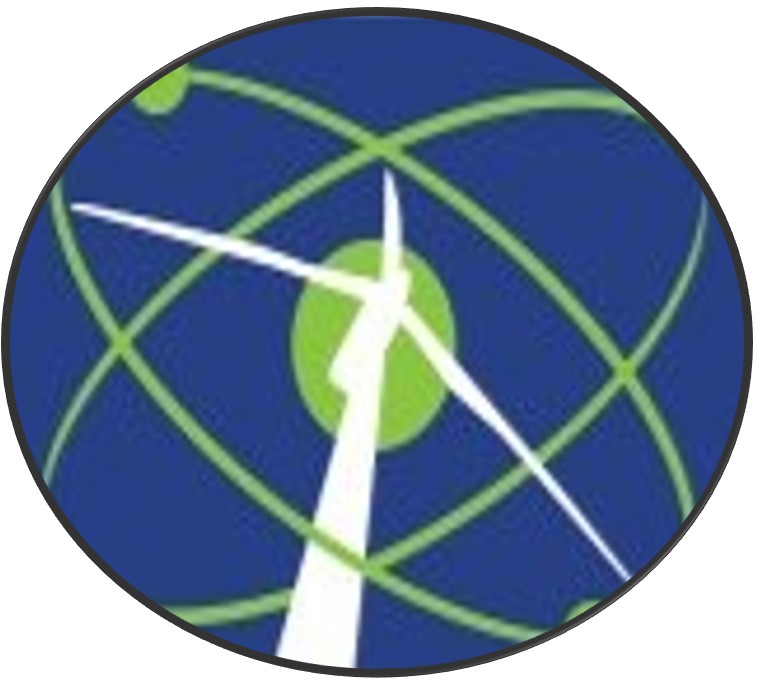Potential for a Baltic Hydrogen Offshore Backbone
European hydrogen production can be set up very well in the southern countries of Europe, especially in countries like Spain and Portugal, due to very good solar resources. But it can also be established in the North Sea area and in the Scandinavian countries, where wind conditions are good.
This study takes the results of the previous study “Specification of a European Offshore Hydrogen Backbone” and deepens them for the Baltic Sea region. In the previous study, the aspect of determining the production potential for the Baltic Sea region was not the focus of the investigation – this gap is closed with this study. This analysis focuses therefore on the potential for hydrogen production in the Baltic Sea region, especially in Sweden and Finland.
These Scandinavian countries could potentially offer good conditions in this context. Both countries only have a small share of fossil electricity generation and are already generating electricity primarily from low carbon sources such as hydropower, renewables (mainly wind) and nuclear energy. In addition, the large and sparsely populated areas in both countries provide a significant potential for additional on- and offshore generation from wind energy sources. Hydrogen production from renewable energies could therefore potentially be less in conflict with the use of electricity generation for electricity demand, although this will depend on national renewable energy plans.
Being part of the EU and, in the case of Finland, NATO, these countries are also ideal cooperation partners. Lastly Scandinavia has, next to its wind resources, the advantage that it is not affected by droughts like the southern countries, so that water is more easily available as a starting point for electrolysis








